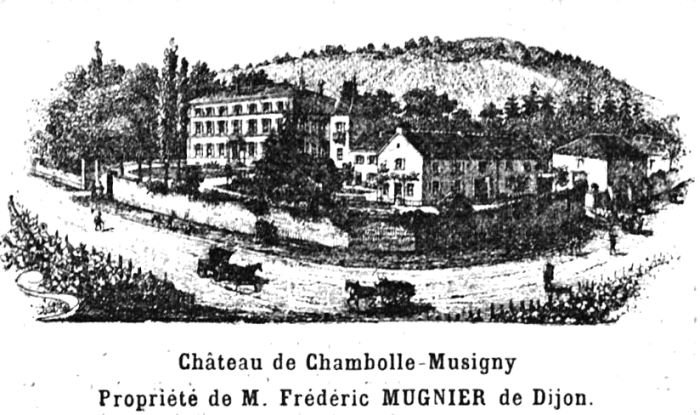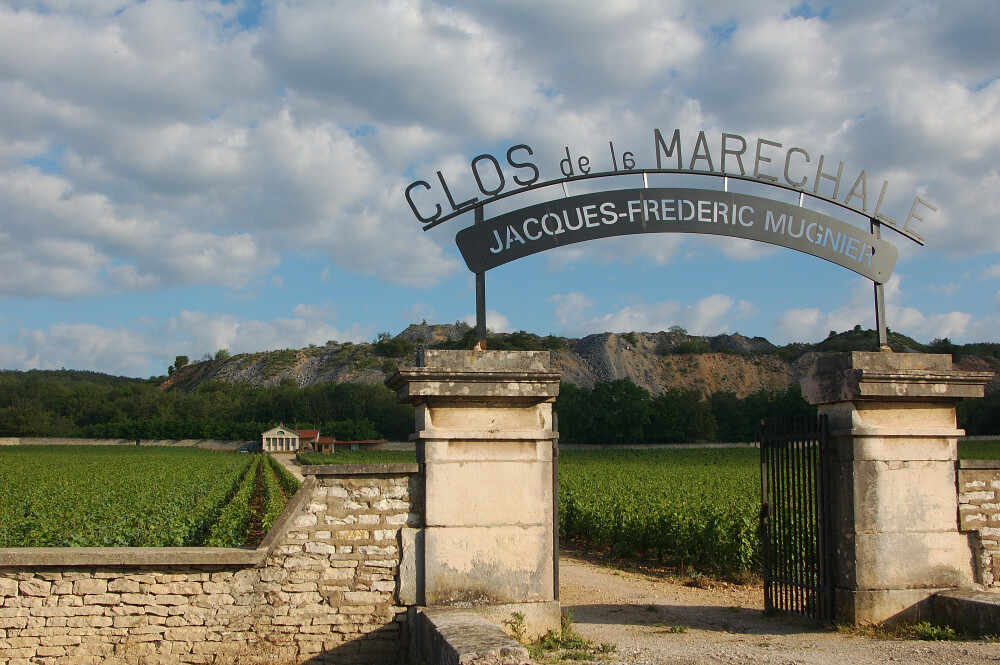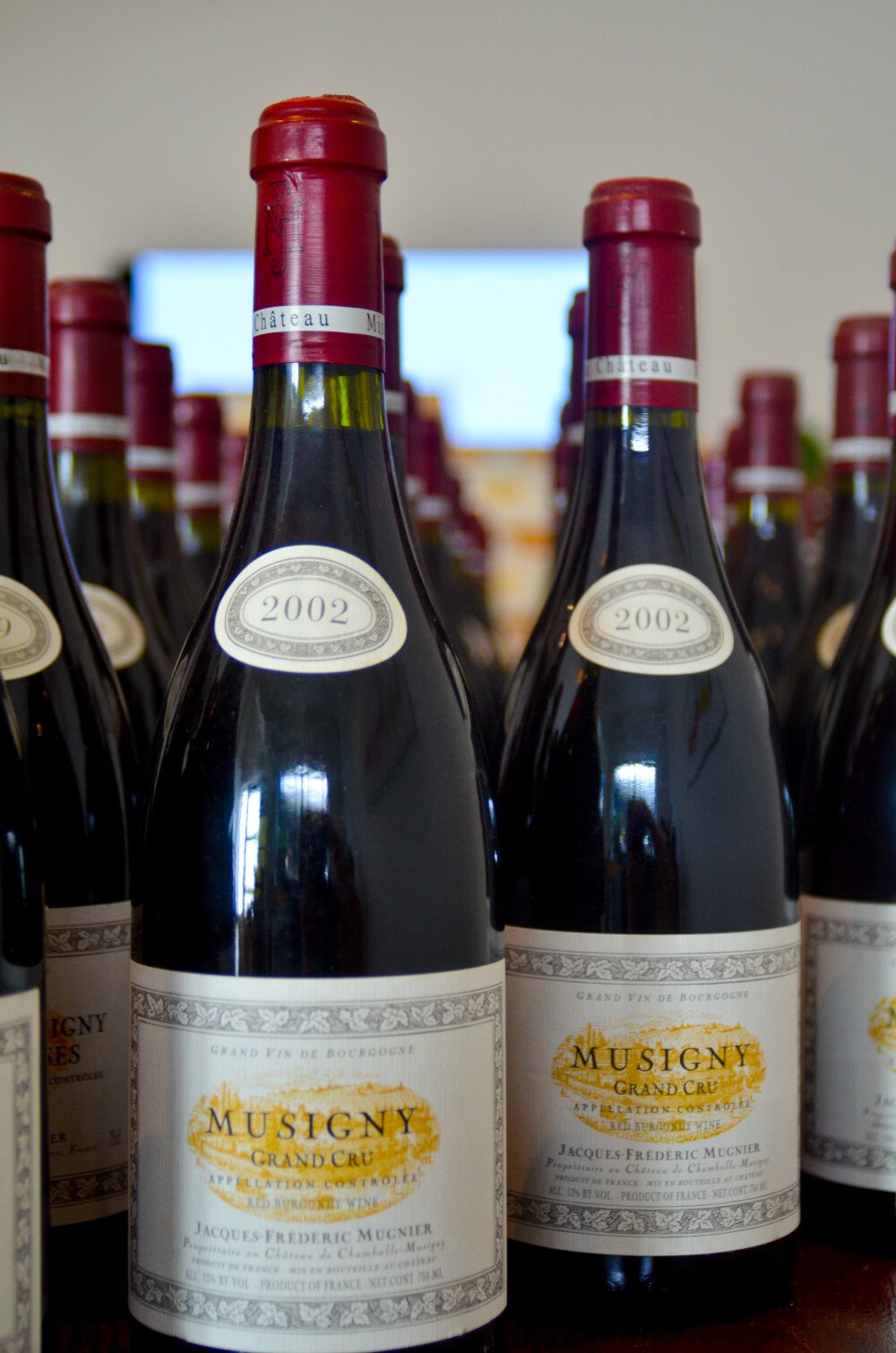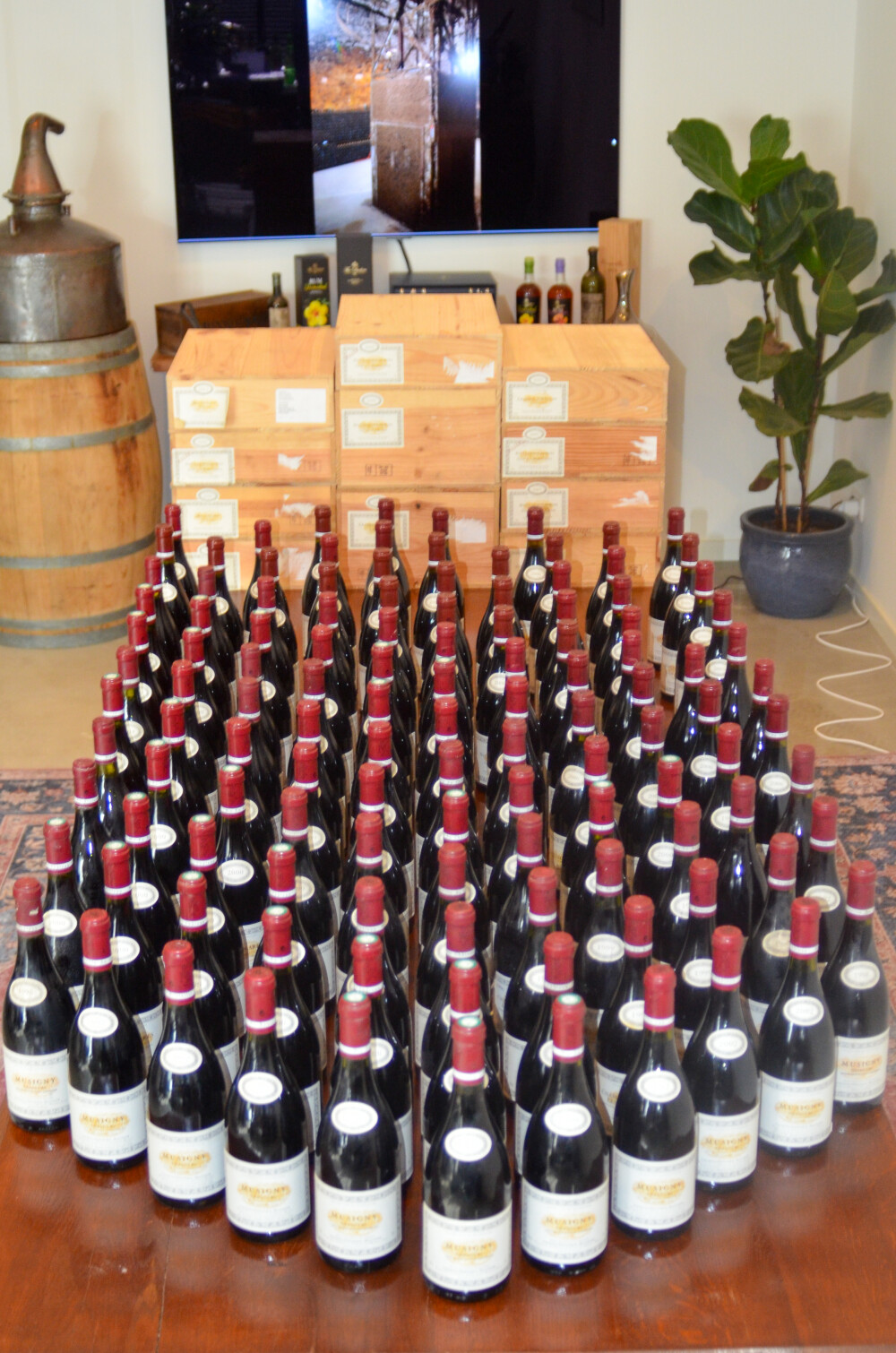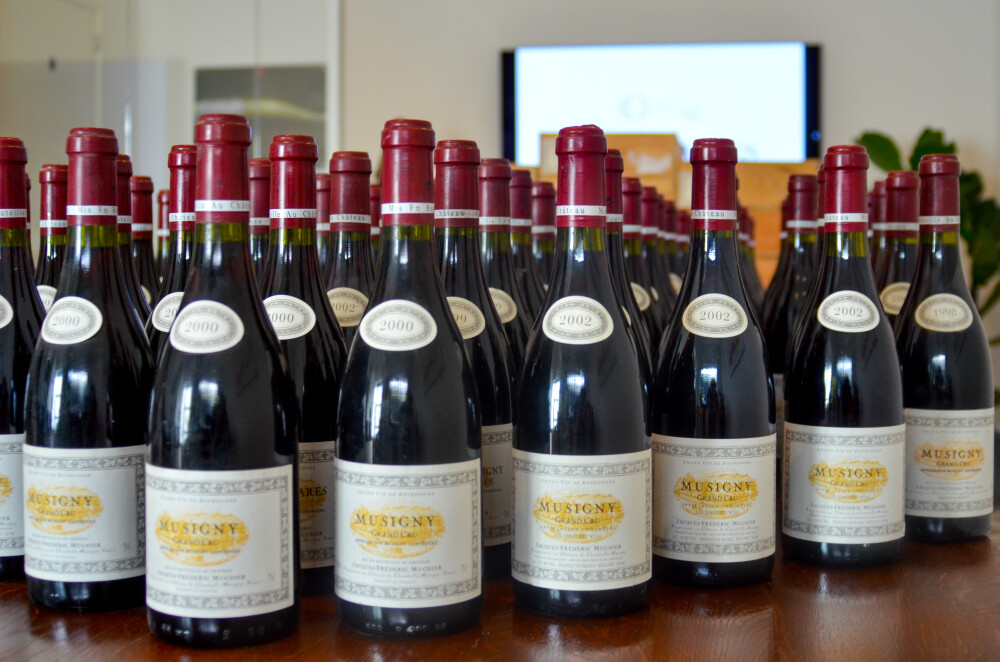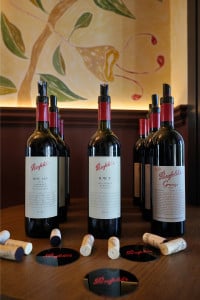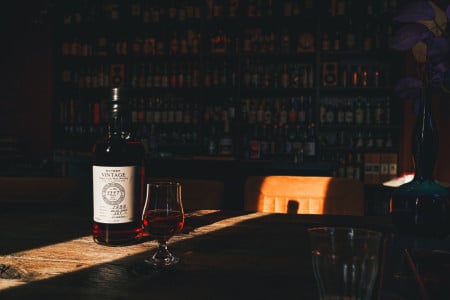1. Since when has domaine Mugnier existed?
The domaine was founded in 1863 by Frederic Mugnier through the purchase of Chateau de Chambolle Musigny, a stately residence in the heart of the village of Chambolle-Musigny en Bourgogne with 4 hectares of very high-quality vineyards. In 1902, the vineyards were further expanded to include the Clos de Marechale vineyards. These were purchased at auction.
In 1855 Clos de Marechale was known as Clos des Fourches, in 1892 as Clos Marechale after which it was not until the 20th century that it was given its current name Clos de Marechale.
At the time, the total size of Chateau de Chambolle Musigny was about 20 hectares of vineyards within Chambolle Musigny and Nuits-Saint-Georges.
2. Was Chateau Chambolle de Musigny always owned by the Mugnier family after 1863?
Yes, but there was a court case where Mugnier had to prove that they owned the 'real' Chateau Chambolle de Musigny, as someone else claimed the name. The court case was won by Mugnier.
3. Did Mugnier always make wine?
Frederic Mugnier was a liqueur producer in Dijon. Since 1878, wines were made for his own use and sold under the name 'Chateau de Chambolle Musigny'.
Due to the economic conditions of the 1930s and World War II, Jacques-Frederic Mugnier, great-grandson of Frederic, sold the liqueur company in 1950 and leased the vineyards to Faiveley in Nuits-Saint-Georges.
This contract ended in 1978 after which Frederic Mugnier, Jacques-Frederic Mugnier's son, took charge of the restored estate. In 2004, the vineyards were further expanded to include the Clos de Marechale vineyards, also from the expiring lease with Faiveley.
From 1978 to 1984, the wines were made by Bruno Clair and sold to negociants. In 1984, Frederic Mugnier took over, so 1984 became the first vintage under the Mugnier label. 1985 was the first wine made by Frederic.


